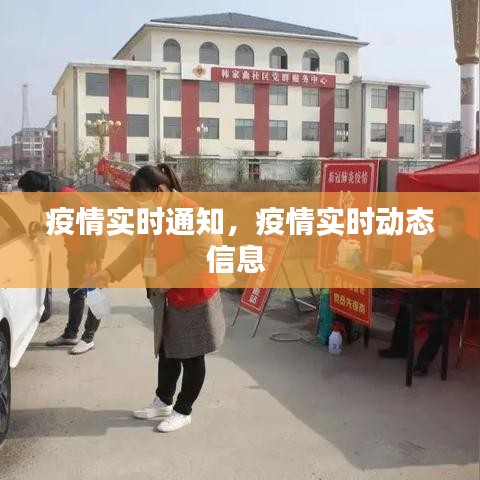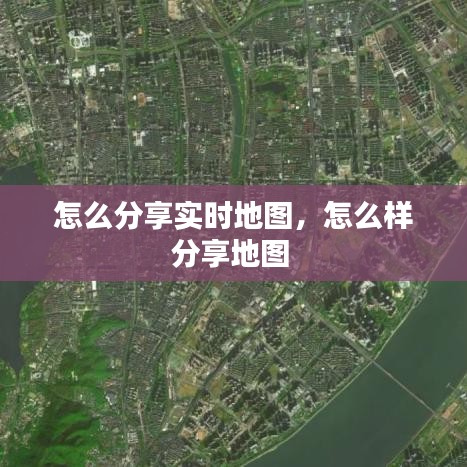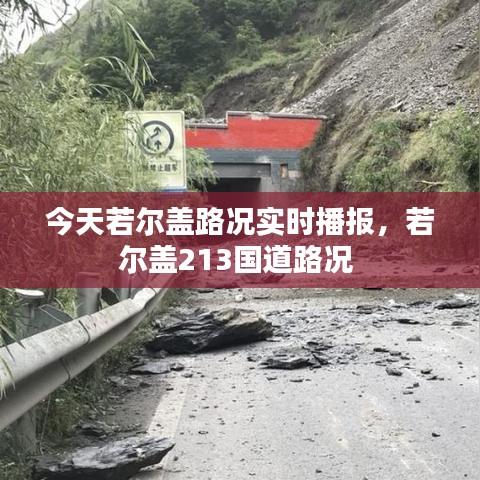<!DOCTYPE html>
Dealing with a Continuous Stream of Falling ObjectsUnderstanding the Problem
Imagine you're in a room where objects are constantly falling from above. It could be a light fixture, ceiling tiles, or even smaller items like books or utensils. This situation is not only unsettling but can also pose a significant risk to safety. The first step in addressing this problem is to understand the cause of the falling objects.
Common causes of falling objects include structural weaknesses, maintenance issues, or environmental factors such as storms or earthquakes. Identifying the root cause is crucial for implementing an effective solution.
Assessing the Safety Risk
Once you've recognized the problem, the next step is to assess the safety risk it poses. This involves evaluating the potential for injury or damage from the falling objects. Consider the following factors:
Frequency of the falls: Are objects falling frequently, or is it an isolated incident?
Size and weight of the falling objects: Can the objects cause serious injury or significant property damage?
Location of the falls: Are the falls occurring in high-traffic areas or near critical equipment?
If the risk is deemed high, it's essential to take immediate action to secure the area and prevent further falls.
Immediate Measures
When dealing with a continuous stream of falling objects, there are several immediate measures you can take to mitigate the risk:
Evacuate the area: If the risk is high, it's crucial to move people away from the affected area to prevent injuries.
Secure the area: Place barriers or caution tape around the affected area to prevent unauthorized access.
Inform authorities: Contact the appropriate authorities or maintenance personnel to address the issue promptly.
Provide alternative routes: If the falls are in a public space, provide clear signage and alternative routes for pedestrians or vehicles.
Long-Term Solutions
Immediate measures are necessary to secure the area, but long-term solutions are crucial to prevent future incidents. Here are some steps to consider:
Conduct a thorough inspection: Have a professional assess the structural integrity of the building or area where the falls are occurring.
Address maintenance issues: Ensure that all maintenance tasks, such as replacing worn-out ceiling tiles or fixing loose light fixtures, are completed promptly.
Implement a preventive maintenance program: Regularly inspect and maintain the affected area to prevent future problems.
Update safety protocols: Review and update safety protocols to address the identified risks and ensure that all personnel are aware of the procedures to follow in case of a falling object.
Emergency Preparedness
In addition to the above measures, it's important to have an emergency preparedness plan in place. This should include:
Clear emergency contact information: Have a list of contacts for maintenance, emergency services, and other relevant personnel.
Emergency response procedures: Establish clear procedures for responding to falling objects, including evacuation routes, communication protocols, and the roles of each team member.
Training and drills: Regularly train employees or residents on emergency response procedures and conduct drills to ensure everyone knows what to do in case of an emergency.
Conclusion
Dealing with a continuous stream of falling objects can be a challenging and potentially dangerous situation. By understanding the problem, assessing the risk, taking immediate measures, implementing long-term solutions, and preparing for emergencies, you can mitigate the risks and create a safer environment. Remember, the key to effective management is proactive planning and regular maintenance.
转载请注明来自专业的汽车服务平台,本文标题:《不断的往下掉东西怎么办,一直掉东西是什么预兆 》
















 琼ICP备2024026137号-1
琼ICP备2024026137号-1
还没有评论,来说两句吧...